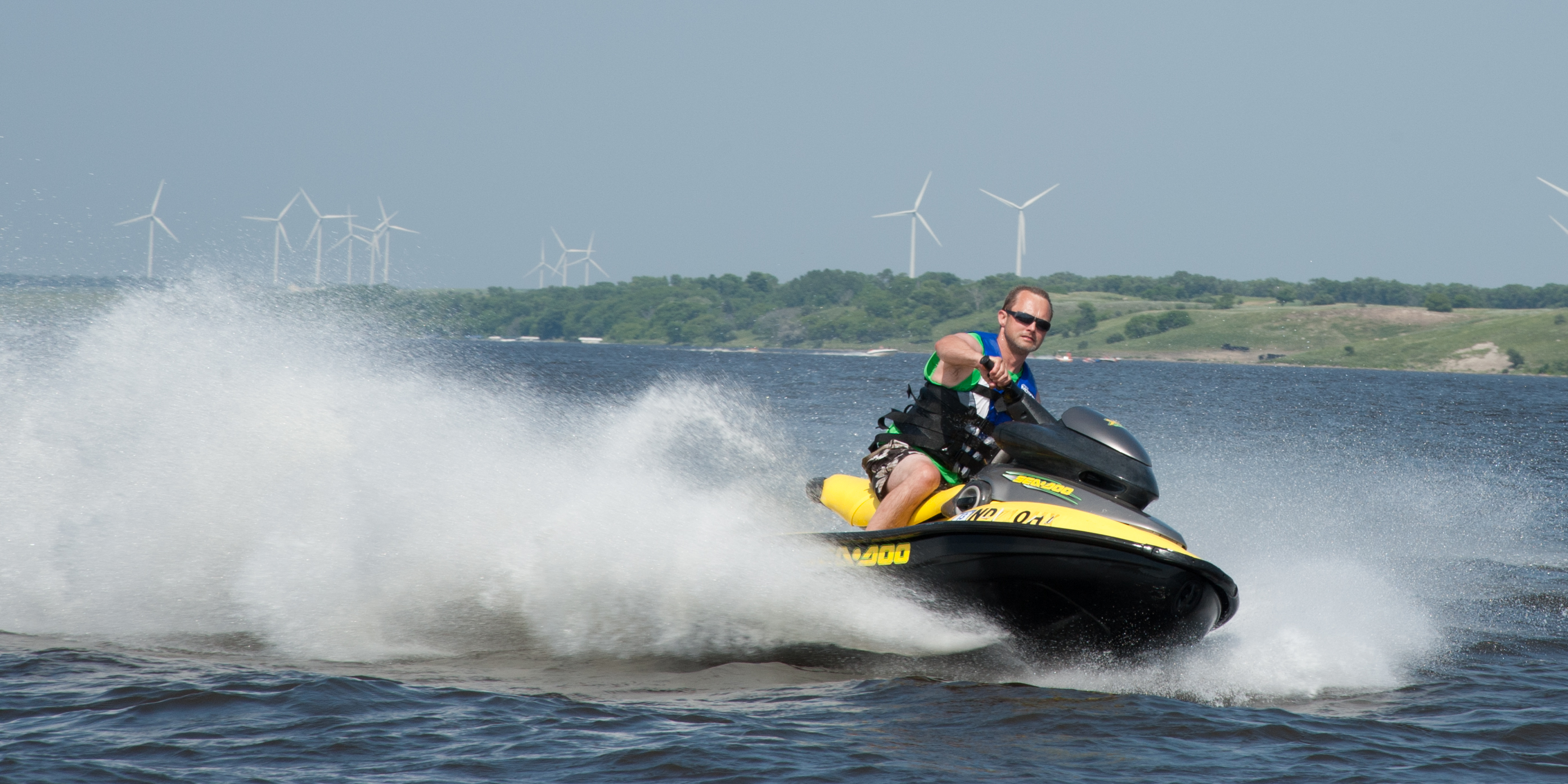Emergency Operations & Disaster Response
The U.S. Army Corps of Engineers executes and delivers vital public emergency services to strengthen our nation’s ability to prepare, respond and recover from natural disasters or other emergencies within the United States and its territories. The Corps may provide technical assistance and, in instances where the nature of the disaster exceeds the capabilities of state, local or tribal interests, the Corps may provide direct assistance to save human life, prevent immediate human suffering or mitigate property damage.
emergencies within the United States and its territories. The Corps may provide technical assistance and, in instances where the nature of the disaster exceeds the capabilities of state, local or tribal interests, the Corps may provide direct assistance to save human life, prevent immediate human suffering or mitigate property damage.
Under the National Response Framework, the Corps is assigned as the coordinator for Emergency Support Function No. 3, “Public Works and Engineering.” During disasters, the Corps is the primary government agency for engineering response activities, such as providing temporary power. The Federal Emergency Management Agency, or FEMA, is the primary agency for ESF 3 recovery activities and assigns the Corps missions to assist in the execution of recovery missions.
Flood Response & Risk Management
Every year, floods sweep through communities across the United States, taking lives, destroying property, shutting down businesses and causing millions of dollars in damage. The Corps assists communities in building projects that reduce risk from floods and manages a number of reservoirs designed to reduce excess flooding. Additionally, in accordance with Public Law 84-99, the Corps assists states in reacting to flooding when the required response exceeds a state’s capabilities. The St. Paul District has built flood risk management projects in a number of Upper Midwest cities to include Grand Forks, North Dakota; Mankato, Minnesota; Rochester, Minnesota; and St. Paul, Minnesota. Historically, for every $1 invested in a Corps’ flood risk management program, it is estimated that Americans save $12. On average, the St. Paul District flood risk management and emergency response activities save $248 million a year.
 Navigation
Navigation
The St. Paul District’s navigation program provides a safe, reliable, cost-effective and environmentally sustainable waterborne transportation system on the Upper Mississippi River for the movement of commercial goods and for national security needs. To do this, the district maintains a 9-foot navigation channel and 13 locks and dams from Minneapolis to Guttenberg, Iowa. Keeping this system open is vital to the nation’s economy.
Environmental Sustainability
It is the policy of the St. Paul District to apply principles of good environmental stewardship to the natural and cultural resources located on Corps-administered federal lands. The district manages more than 77,000 acres of land more than 284,000 permanent easements across the Upper Midwest. Of these lands, the district’s natural staff is responsible for grassland, fisheries, forest and management; regulating public use; managing water levels; establishing and enhancing vegetation; shoreline stabilization and more.
This district also participates in a number of habitat rehabilitation and enhancement projects designed to benefit fish and wildlife by restoring lost habitat or protecting existing habitat features. Planned and engineered by the Corps, in partnership with other organizations and the public, typical habitat projects include restoring islands, constructing flow control structures or shoreline stabilization features and dredging backwater areas. Most of these sustainability projects for the St. Paul District fall under the nation’s Upper Mississippi River Restoration, or UMRR, Program. This program is meant to restore, protect and guide future management of the Upper Mississippi River. The district has completed more than 30 projects, affecting more than 50,000 acres of river and floodplain habitat.
Regulatory
The St. Paul District regulates structures and work in navigable waters of the United States under Section 10 of the Rivers and Harbors Act of 1899 and the discharge of dredged or fill material in waters of the United States under Section 404 of the Clean Water Act for the states of Minnesota and Wisconsin. With more than 10,000 lakes in Minnesota and a like number in Wisconsin, the district’s Section 404 permit program is second in the Corps of Engineers for its physical size. The office averages around 10,000 jurisdictional determinations each year. The staff is committed to the national program goal of allowing reasonable development through fair and balanced permit decisions.
Recreation
The St. Paul District operates 49 recreation areas, ranging from public landings along the Mississippi River to lock and dam visitor centers to full-service campgrounds. T hese recreation areas are an important component of the region’s tourism industry, and the impact on the local and regional economies is significant. Recent data shows an estimated 2.4 million visitors use district recreational sites each year and spend approximately $97 million.
hese recreation areas are an important component of the region’s tourism industry, and the impact on the local and regional economies is significant. Recent data shows an estimated 2.4 million visitors use district recreational sites each year and spend approximately $97 million.